Welcome to Phandroid’s Editors’ Choice Awards for the Top 10 Android Smartphones of 2016! We held an internal vote here at the Phandroid offices to see which smartphones proved to be the best, most influential, and most impactful on the year. Let’s jump into the final rankings to see how it all shakes out!
01. Pixel + Pixel XL
The Pixel and its larger XL twin were a pivotal point for Google when it comes to hardware launches. Sure, they didn’t really make the device — this is still HTC’s work — but this was the first Android phone that Google. had 100% say in its makeup. This was the proverbial graduation from enthusiasts’ tinkering thing to aspirations of mainstream competition.
Aside from the meaningful nature of who made it and who made the decisions on all its elements, the Pixel came blasting out of the starting gate with top marks in almost all key areas of modern smartphone supremacy. It has great battery life, one of the best smartphone cameras ever, a very solid build and good looks, and — most importantly — software that was 100% designed for the hardware running it.
It was also the first phone with Android 7.0 Nougat, the first phone that brought us Google’s new visions for search known as Google Assistant, and was the first phone compatible with the exciting Daydream VR platform.
Read our Review
02. Samsung Galaxy S7 / S7 edge
Samsung’s 2015 flagships introduced a new era for design and build quality, but it wasn’t until the 2016 S7 and S7 Edge’s arrivals that we could finally say they had designed some of the best smartphones ever. They were refinements in their own right, but a higher standard of quality and engineering, and the return of staple features like waterproofing and microSD card slots, made for winning combinations.
It wasn’t the perfect full-circle homecoming in that regard, with folks still griping about the lack of removable batteries and the ongoing quest to banish TouchWiz from our lives. But how many manufacturers do you know still support removable batteries? And most of your software troubles are taken care of with the likes of Nova Launcher.
Then there’s all the other stuff we’ve come to expect from Samsung. Best in class cameras? Check. Samsung Pay with MST that makes it work with almost any credit card terminal? Check. A gorgeous display, wireless charging, and fast internals? Check, check, and check. This is the gold standard.
Read Our Review
03. OnePlus 3T
OnePlus continues to show that cheap phones don’t have to come at the expense of quality. The OnePlus 3T is simply unmatched in value when looking at the rest of the field of 2016 contenders.
For just over $400, what you get is a flagship-level smartphone. Its uninspired design is forgiven due to our belief that the design is still one of the best there is. The OnePlus 3T brought with it much better battery life and even faster performance than the original, and what’s great is that OnePlus didn’t have to sacrifice features like NFC to do it. For once, they truly do have the flagship killer they promised.
Read Our Review
04. HTC 10
We’d forgive you for forgetting about the HTC 10 being that it was overshadowed by some heavy hitting launches later in the year, but we’re here to tell you that it did leave a very lasting impression. This was the 4th generation of HTC’s renewed focus on refinement, and it shows.
The HTC 10 is pretty solid and tight in almost all areas. It’s plenty fast thanks to a strong chipset and the insanely optimized software to match it, and for once, HTC isn’t the butt of smartphone camera jokes — they’re very serious in that regard.
Read Our Review
05. Lenovo Moto Z
2016 was a breakout year for modular smartphones. While Project Ara and the specific idea behind that vision failed, more sensible takes on the concept got us excited for the future of modularity. The Moto Z was the best example of that.
Moto Mods are pricey, sure, but they’re accessible, easy to use and swap, and can add some nice functionality to your smartphone depending on what you need. Better speakers? Longer battery life with wireless charging? A mini projector, even? Snap it to the back of the Moto Z and off you go.
The promise of the future is even better, with Moto throwing a lot of money behind Moto Mod development by courting the great minds out there to come up with unique and interesting new attachments. And even without the Moto Mods, the Moto Z is great on its own as a no-nonsense smartphone capable of handling any task thrown its way.
Read Our Review
06. LG V20
With the V20, LG sought to prove that there’s still a desire for that high-end beast. Where everyone else is putting all their weight behind a few key areas, LG seemingly opted to cram as many top-line specs into as many different areas as they could.
Indeed, the LG V20 has almost everything you can ask for, and even retains the use of a removable battery in an industry desperate to exile them.
Read Our Review
07. Honor 8
Peg Honor as one of the companies who felt the need to join the $400 or less arena and show OnePlus how it’s done. The Honor 8 exploded from the starting gate with flagship-level specs, features, and build quality. This beautiful phone sports not one, but 2 powerful cameras on the rear, NFC, USB-C, Quick Charge 3.0, 4GB of RAM, a gorgeous display, and a whole lot more. For $399 (for the 32GB model), you won’t find this many bells and whistles in one package anywhere else.
Read Our Impressions
08. LG G5
There’s a lot that went wrong for LG and the LG G5, but one thing you can’t say is that they didn’t try to innovate. While their take on modularity eventually lost out to the Moto Z’s Moto Mods, it was a nice introduction to what we hope is the future of aftermarket smartphone evolution.
Read Our Review
09. OnePlus 3
The OnePlus 3T may have usurped it as the better phone and the Honor 8 may have beaten it at its own game, but the original OnePlus 3 still deserves recognition for what it brought to the table. The former is the best option if you can go a bit beyond that $400 price point, but if you had less than $400, the OnePlus 3 was, for a long time, the best option.
Its Snapdragon 820 chipset is still plenty fast, and slightly worse battery life doesn’t hurt its overall worth. With a loving community behind it to ensure it receives updates for months and years to come, it’s still worthy of attention.
Read Our Review
10. ZTE Axon 7
With the top-line version of the ZTE Axon 7, ZTE brought a $500 phone to the US that gives the first alternative to the iPhone 7 for those who want a pressure sensitive display. It also sports a 2K 5.5-inch display, Snapdragon 820 chipset, 6GB of RAM, 128GB of storage, a 20MP camera, and ZTE’s promise of Daydream certification on the way.
Readers’ Choice
And there you have it! This is what we’re digging around the Phandroid offices, but don’t forget that we’re compiling results from a readers’ choice poll to see what the community at large thinks are the best smartphones (as well as best apps and games, biggest fails, and other fun stuff) of 2016. Stay tuned for the results of that and for more details on a big Christmas giveaway coming your way later this month!
Check Out Our Other Best of 2016 lists!

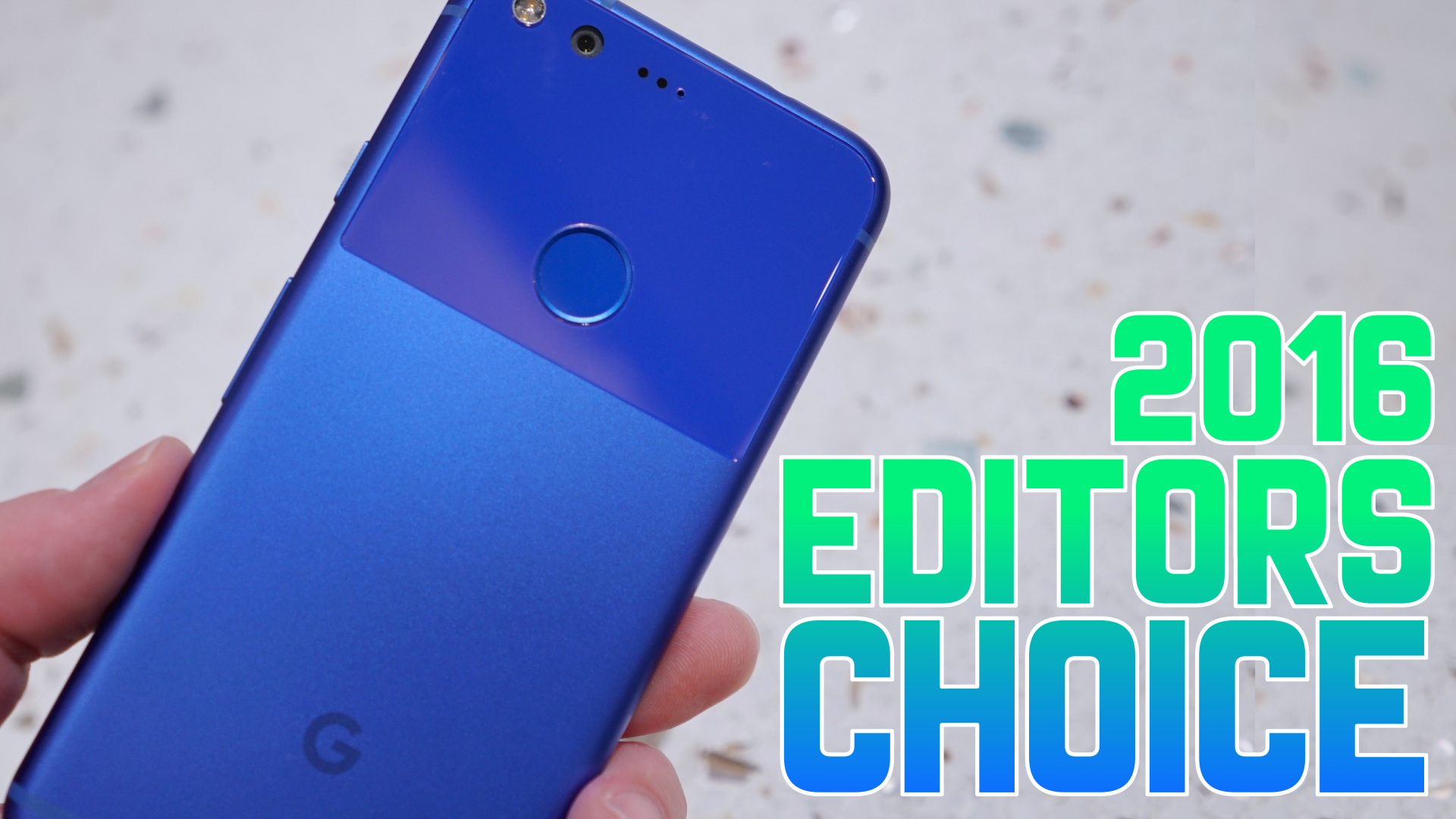
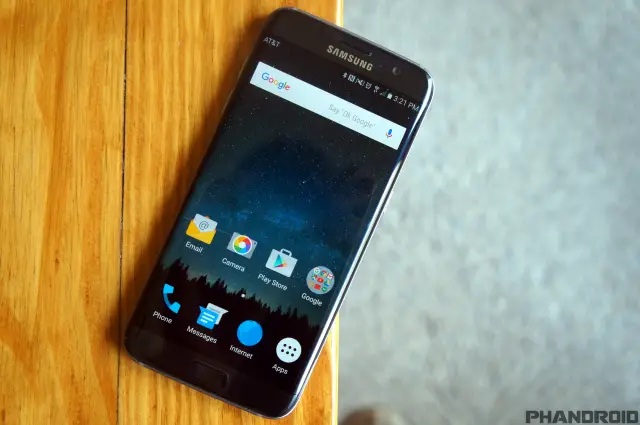

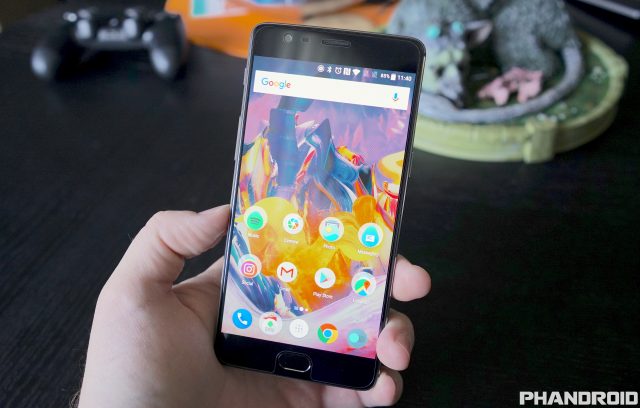


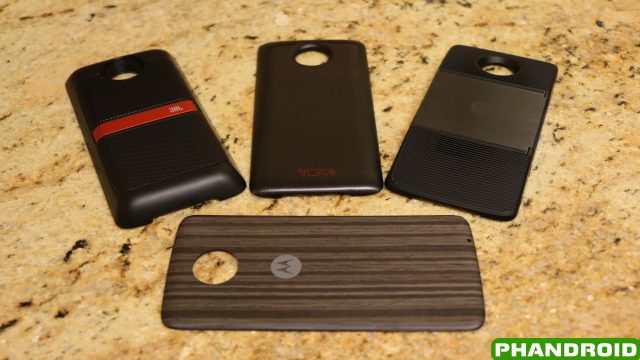
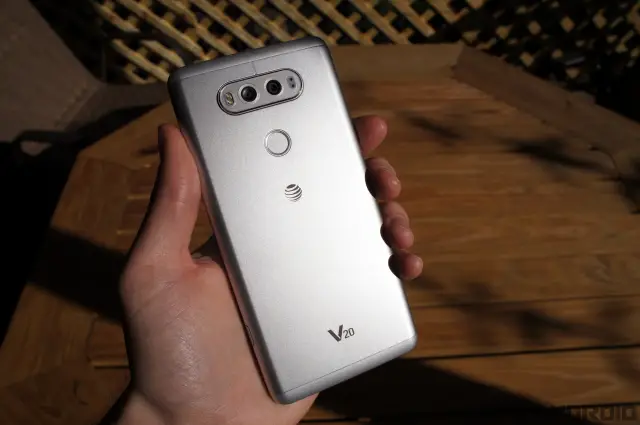
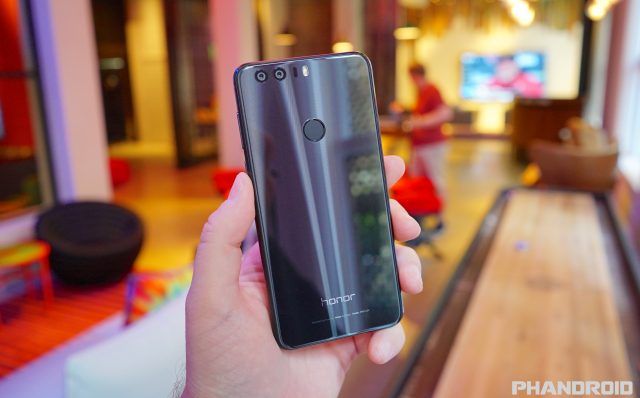
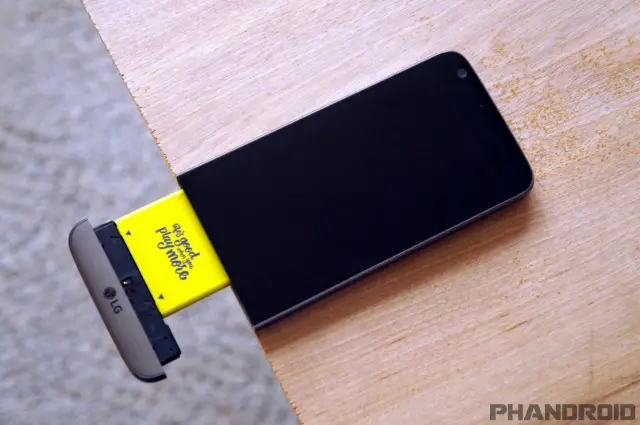
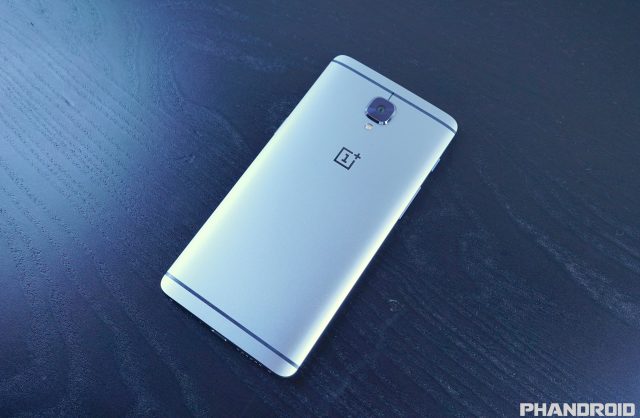
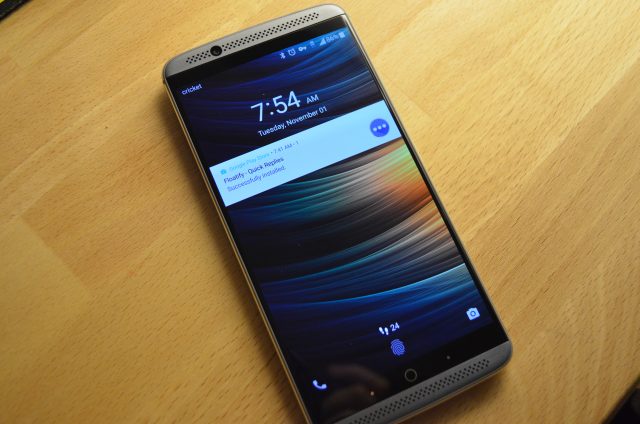

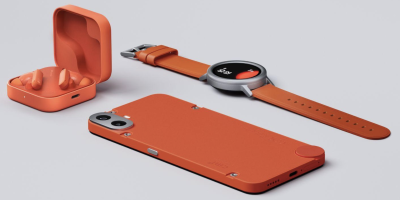

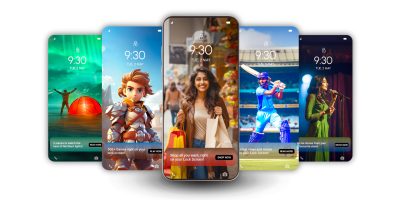






Comments